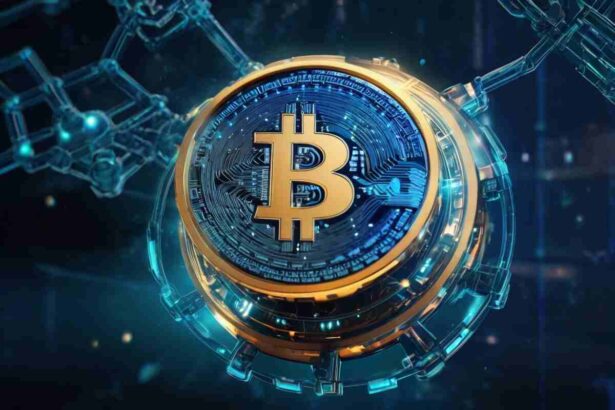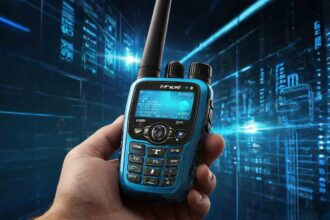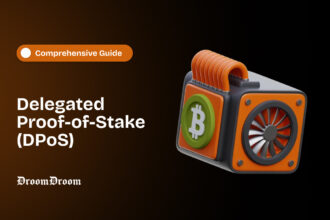You might have heard that to transact on any blockchain, there is a fee, often termed the gas fee. However, some blockchains, Layer-2 protocols, and Dapps allow users to transact without any gas fee. These kinds of transactions are called Gasless Transactions.
In this article, we will explain gasless transactions, their technology, working, and application.
#NOTE: The scope of the discussion will be limited to public blockchains.
The Concept of Gasless Transactions
Gasless transactions, also known as meta transactions, are an ingenious application of blockchain technology. Unlike usual transactions, users of gasless protocols do not have to pay a gas fee.
This is possible because of a third-party gas fee pool. Usually, the owners deposit a certain amount of crypto, which is then deducted from the pool after every transaction. As users use the protocol, the gas fee is automatically paid from the pool.
For the users, it seems like they are using the protocol without any transaction cost.
The concept of the gas fee has been a great success for marketing those crypto projects that usually have high competition.
How do Gasless Transactions Work?
Gasless transactions are implemented in just two stages. A person initiates the transaction, which is then sent to the relayer, who pays the gas fee and sends it to the blockchain.
Stage 1: Initiation and Relay
In the first step, when the transaction is created, usually by the user of any Dapp or protocol, it is sent to a relayer, which can either be an automated smart contract or a manual user.
EIP-712 is used to create such relayed transactions on Ethereum.
Stage 2: Paying Gas
In the second stage, the relayer pays the gas fee and sends the transaction to the blockchain. After that, the usual validation process occurs, and the transaction is finalized.
Here is an example of a gasless blockchain: Torus.
Applications and Future Use
NFT Airdrops
Gasless transactions are used in several applications. The most popular use is in NFT minting. Several NFT projects whitelist users and pay the gas on their behalf, which then helps them mint the airdropped NFTs for free.
Real World Assets
Gasless transactions might become a necessity for projects like Real World Asset tokenization. Since the value of each tokenised asset would be high, the tokenization fee charged by the RWA project might also include the gas fee by default, thereby liberating users from extra hassle.
Conclusion
Gasless transactions can be a revolutionary tool to attract more users to various crypto projects. Projects featuring gasless transactions pay the gas fees on behalf of their customers to give them a better experience. Such a feature can often be seen in projects where the benefits of using them far outweigh their cost.



















